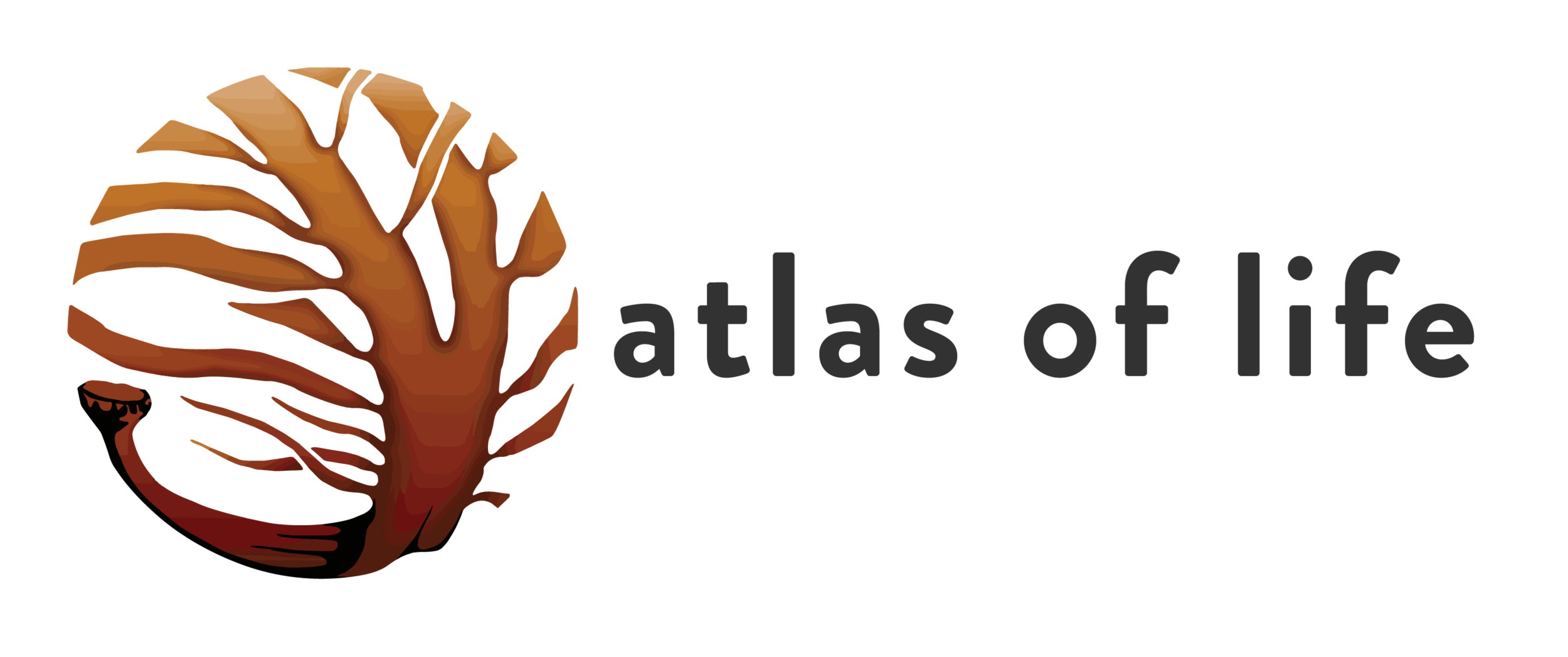Autumn orchids & threatened plants
Part of the
Atlas Fire Recovery Project
2020
As our environment regenerates it is the changing vegetation that will lead the way. Plants and seedlings will grow, stimulated by fire or simply by reduction in competition for water and nutrients. Small flowers will catch the eye, no longer concealed by dense undergrowth. This provides an opportunity to record species that might otherwise escape notice.
Autumn orchids
Orchid flowering has been subdued in recent years. There has not been enough rain at the right times of year. The rainfall of February 2020 may be enough to encourage Autumn- and Winter-flowering orchids to bloom. So watch where you walk in the coming months. Most native orchids are terrestrial and small. Some are colourful while others are surprisingly cryptic.
We are very fortunate to have expert orchid taxonomists as part of the ALCW community, most notably David Jones. Take the opportunity to record your orchid sightings to NatureMapr and help build a picture of species distribution and flowering times.
Rare plants
The region is home to many rare and threatened plant species. Here are two that seem to respond positively to fire.
Hidden Violet (Viola cleistogamoides)
When you’re exploring the forests, heath and roadsides in the far south of our region, keep an eye out for this small plant. The leaves are quite characteristic, as is the spreading growth along rhizomes.
“My special favourite is Viola cleistogamoides for people affected by the border fire eg especially around Wonboyn, which is where the first NSW record from the 1950s came from. It is a tiny and inconspicuous plant only around 1-4 cm high, and is favoured by disturbance. It's listed as endangered in NSW, though that could probably realistically be busted back to vulnerable, since I have found quite a bit of it over the last 10-15 years, in heath and heathy understorey forest in the south of the region. I've seen it increase after fire several times, but mostly in heath, so it would be good to look for it in burnt forest too. I have found it in forest on road edges. I've put quite a few records on ALCW which people can check to get a search image.” (Jackie Miles, February 2020)
It may take some months for this plant to appear. Take photos from a variety of angles, and report your sightings on NatureMapr. Jackie will help with identification, and you will be improving our knowledge of the range of this species.
Click here to view current sightings of Viola cleistogamoides on NatureMapr
Matted Bush-pea (Pultenaea pedunculata)
Pultenaea pedunculata is a low growing native pea with small yellow flowers. In NSW the species is known from only three locations in NSW … including the coastal region between Tathra and Bermagui. We know from surveys undertaken around Tathra last year that it regenerates well after fire. Perhaps it is more widely distributed than we think. This is a good chance to find out.
Pultenaea pedunculata is not an easy species to recognise until it flowers in Spring. However, if you see a likely candidate take several photos and upload your sighting to NatureMapr.
Click here to view current sightings of Pultenaea pedunculata on NatureMapr
Here’s how to record your sightings to NatureMapr using the App. This is great for uploading photos taken on a phone. Alternatively, you can upload via a web browser - here’s a step-by-step guide.

















